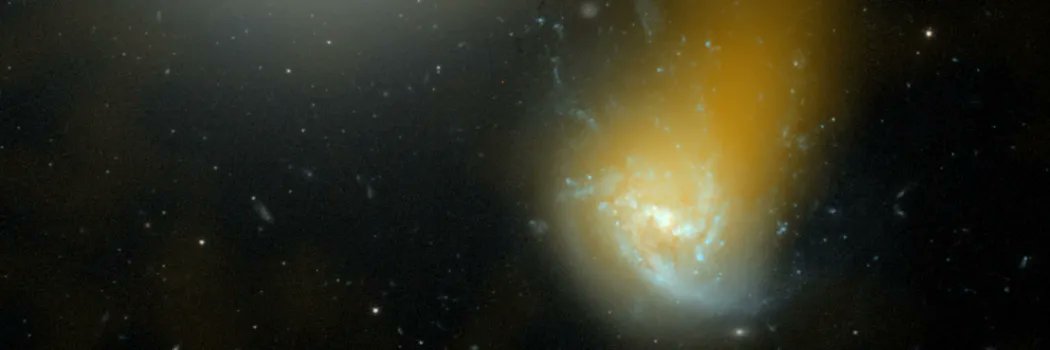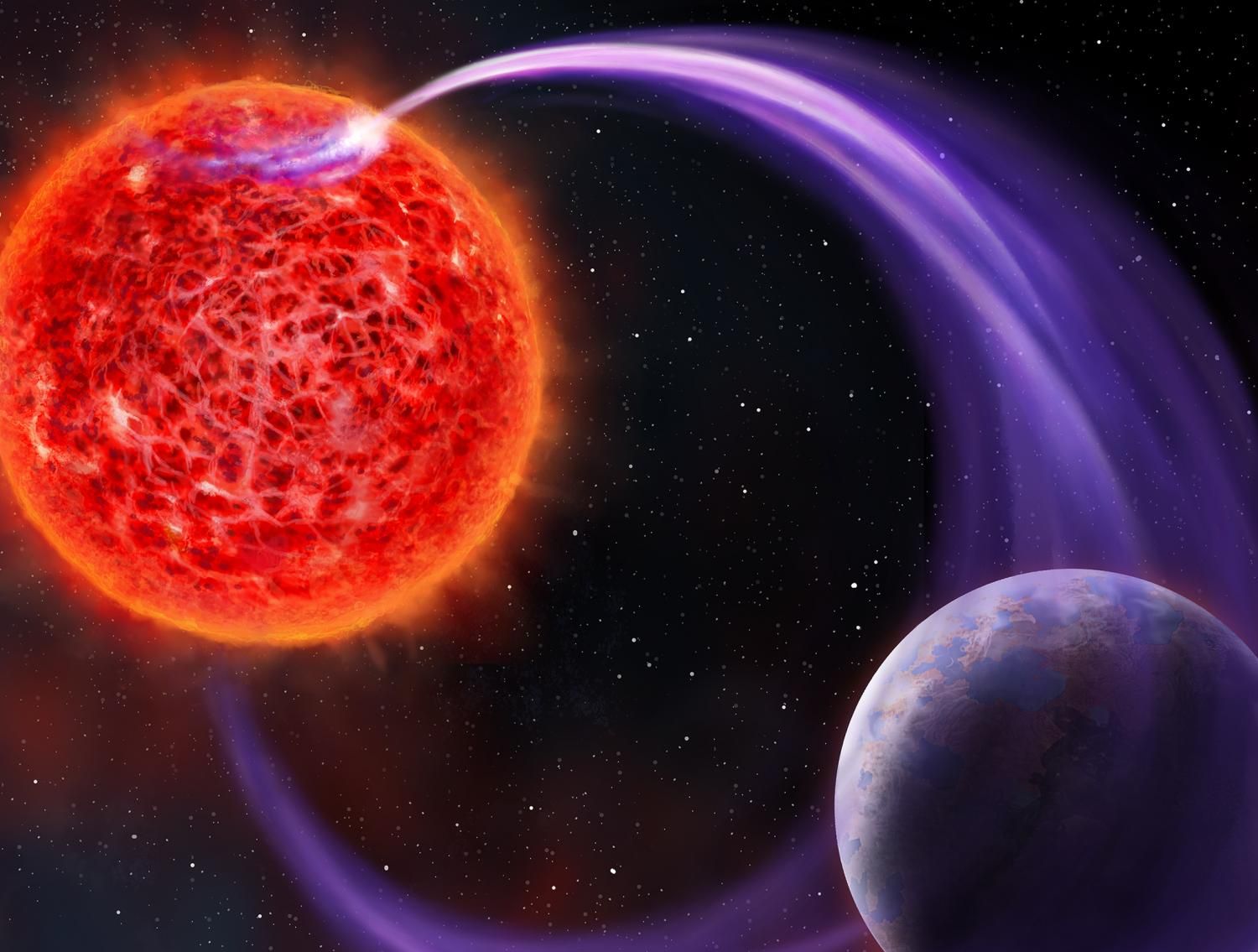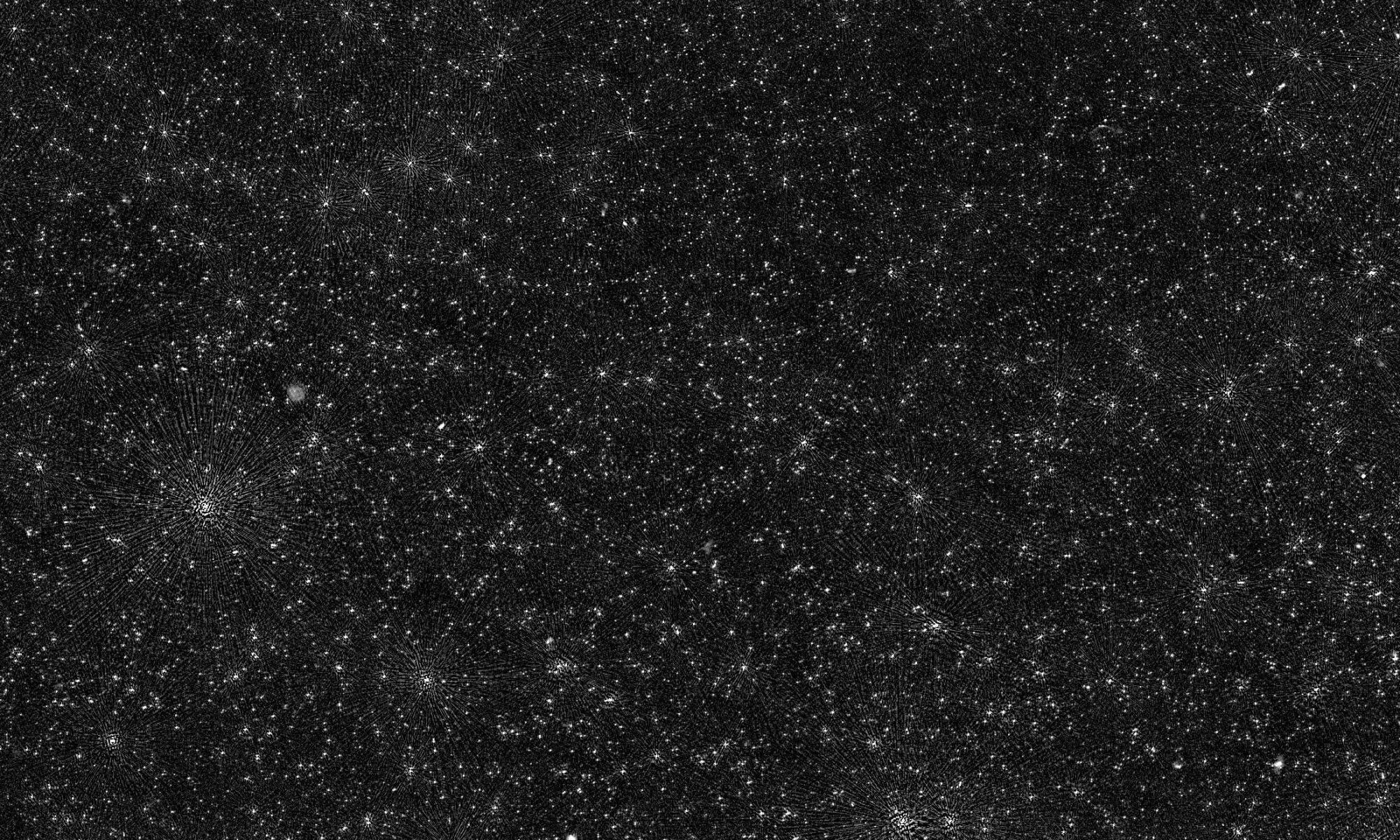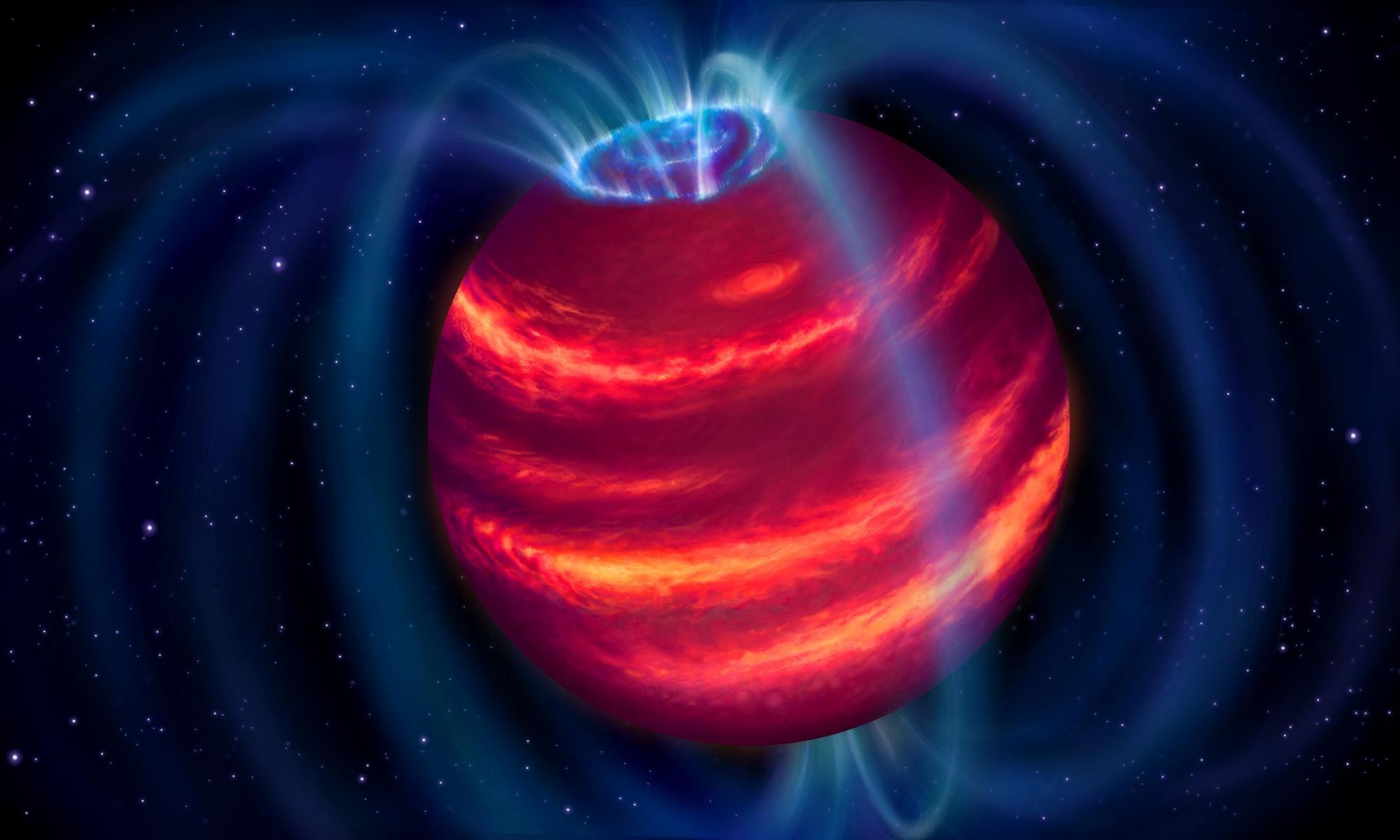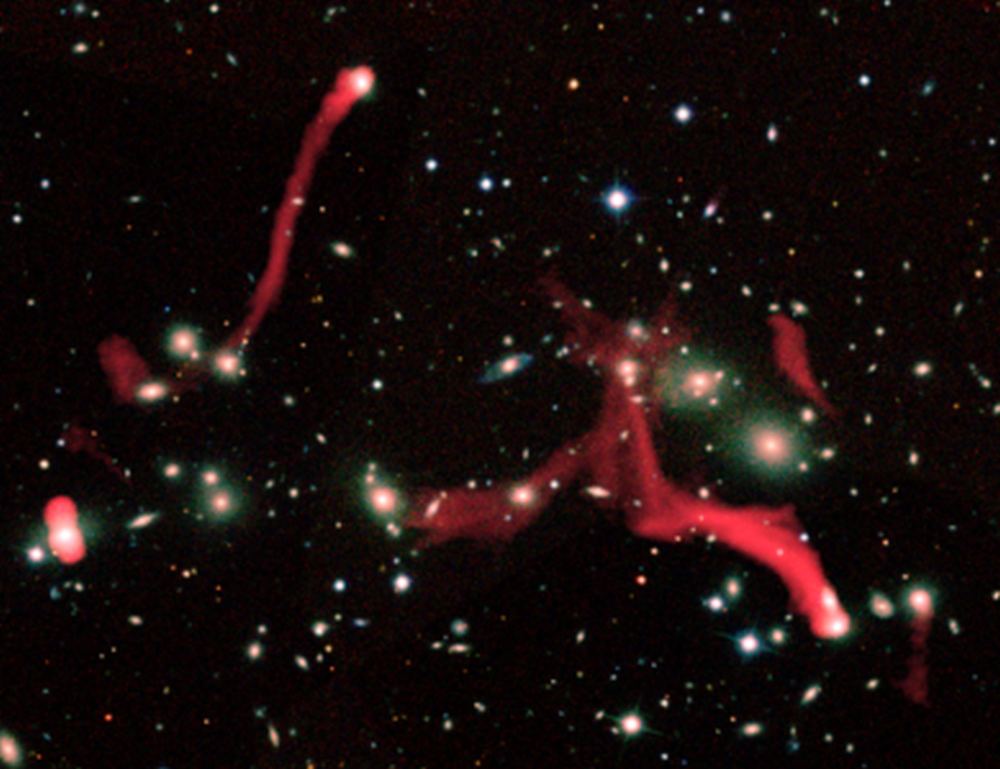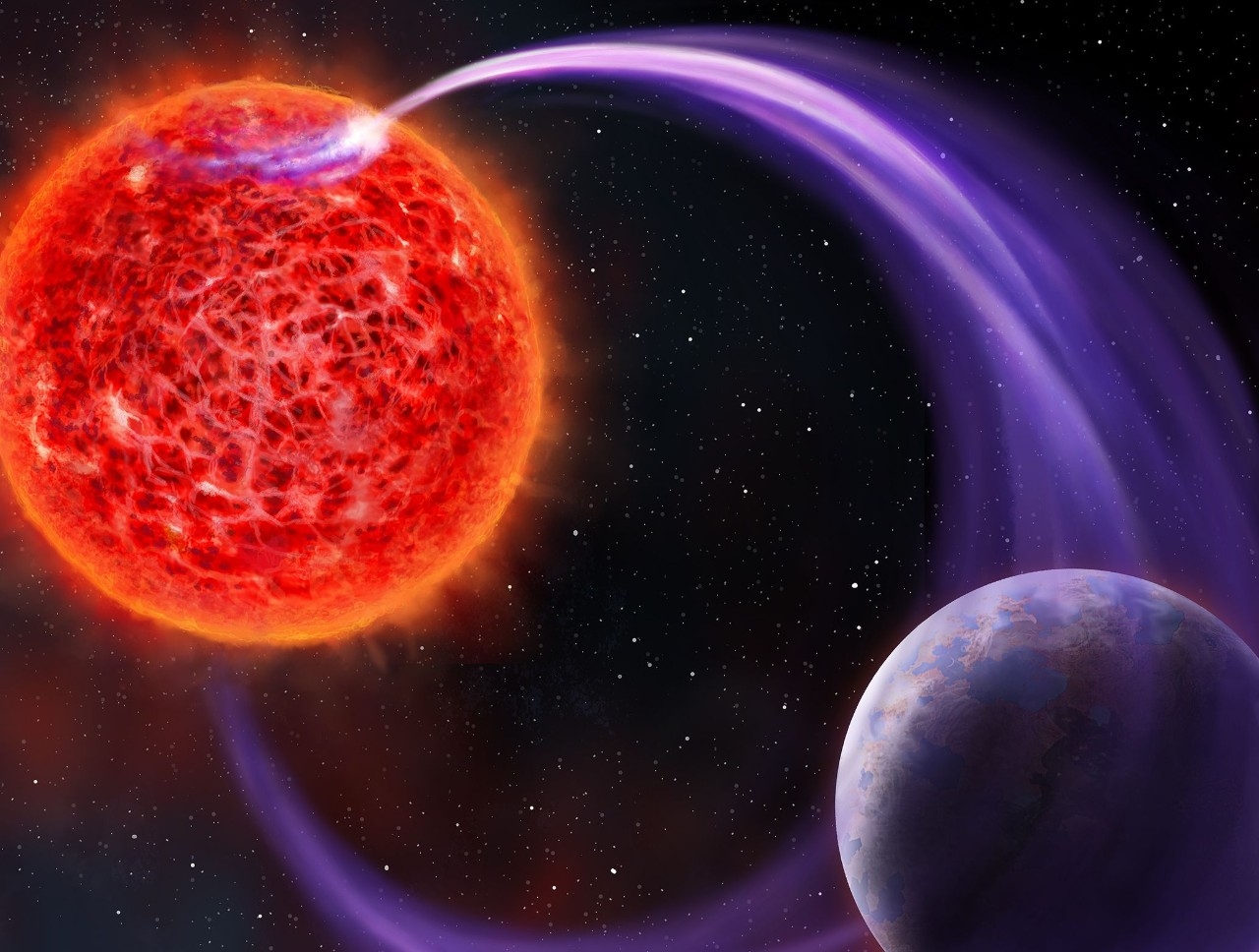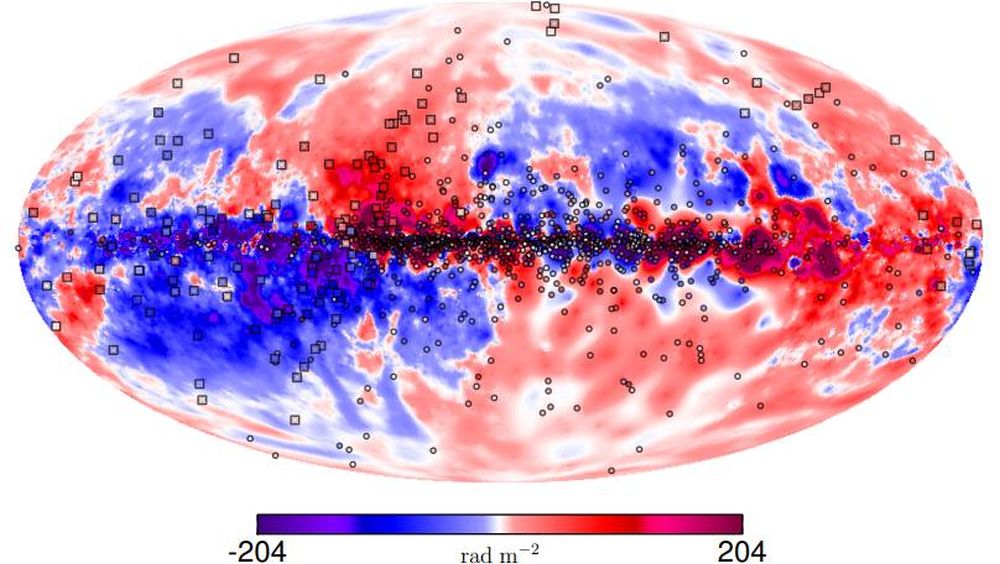Radio telescopes have an advantage over optical telescopes, in that radio telescope can be used even in cloudy conditions here on Earth. That’s because the longer wavelengths of radio waves can pass through clouds unhindered. However, some wavelengths are still partially obscured by portions of Earth’s atmosphere, especially by the ionosphere which traps human-made Radio Frequency Interference (RFI).
Astronomers have developed a new calibration technique that allows them to take sharp images in low radio frequencies — between 16 and 30 MHz — for the first time, bypassing the influence of the ionosphere. The astronomers say this will allow them to study things like plasmas emanating from ancient black holes and perhaps even detect exoplanets that orbit small stars.
Continue reading “Astronomers Have a New Way to Bypass Earth's Atmosphere”



